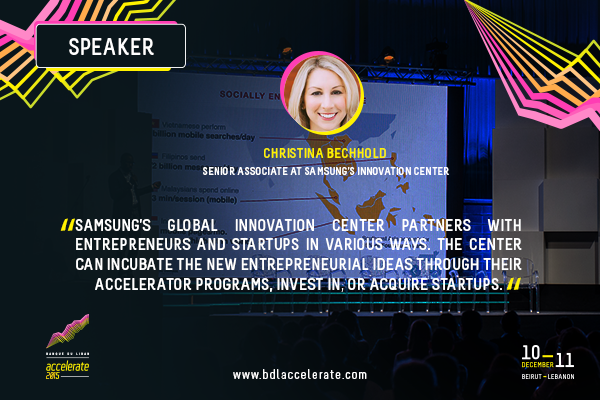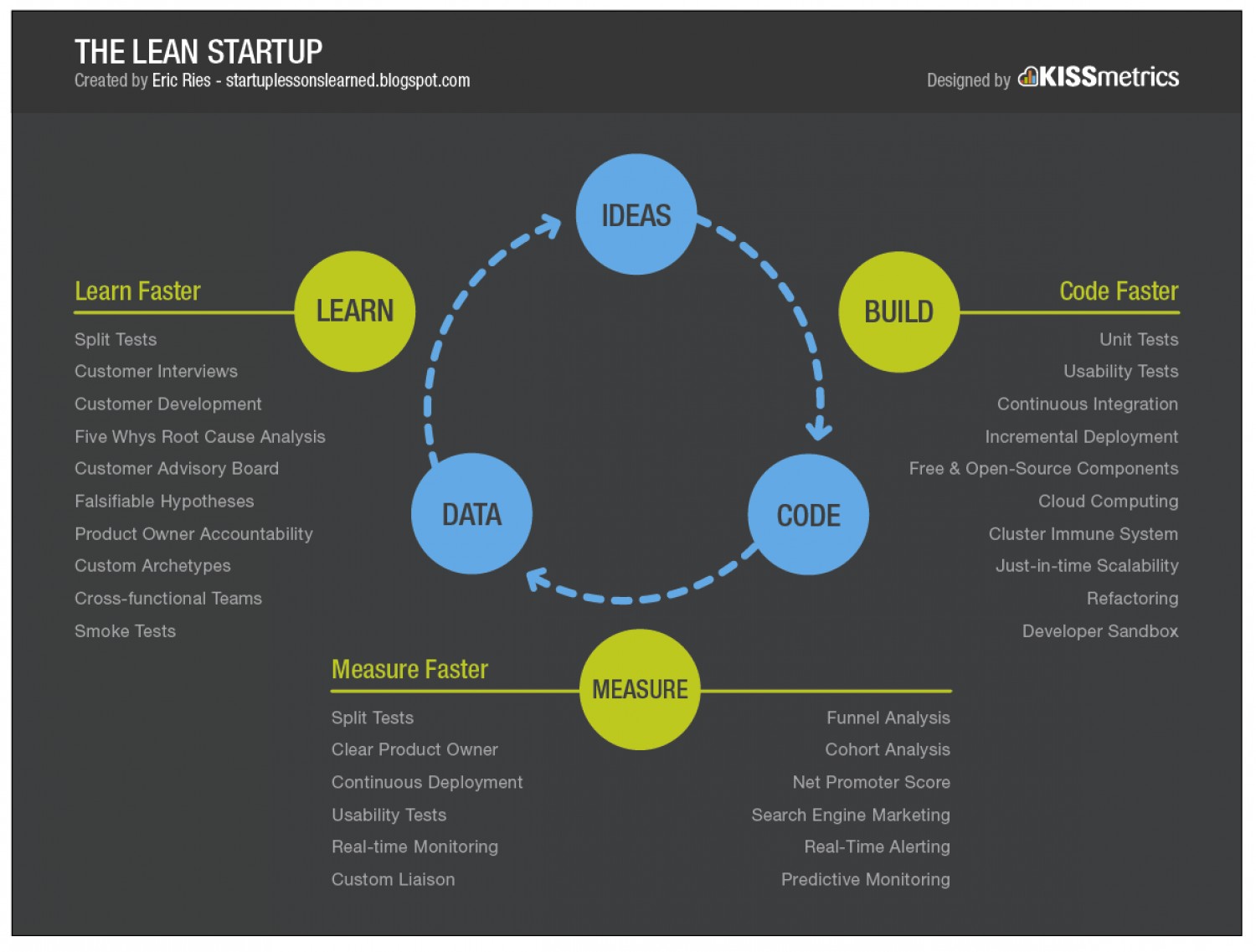Deliver the Perfect Pitch
Written by
In today’s competitive climate, entrepreneurs must stand out. Whether you are pitching to a large audience at a conference or to investors, it is crucial that you present the perfect pitch. Usually, you have less than 5 minutes to deliver a compelling pitch convincing potential investors, partners, and customers to select you.
First of all, developing the perfect presentation is essential:
Introduction:
On your first slide you should only have your logo. This is when you will introduce yourself and any essential team members.
Problem Statement:
Start your pitch with the problem statement, tell it in a story, state how big the problem is, back it up with numbers.
Solution Statement:
The solution to the problem you mentioned is your product/service. This is where you tell the audience the name of your product/service, and summarize your business in a clear, concise and compelling manner in a maximum of 2 to 3 sentences. These are your key messages. Explain how your product/service solves the problem.
How it works:
Now that you have introduced the solution, explain how it works. Is it an app? A webpage? How do they select the product/service? Do they pay for it? If so, how? Have users already used your product/service? If so, what were the positive feedbacks? This is the part where you can show off your prototype, show progress you have made, and how your team handled any challenges or pressure.
Facts:
Interview customers or conduct surveys beforehand. This is where you can insert facts on satisfied customers, with possible quotes.
How money is made:
What is your business model? How do you generate revenue?
The market:
Who is your customer base? How large is the market? Do you have competitors? Who are they and how are you better than them?
Marketing:
This is where you state your market-entry strategy entailing how you will reach out to early adopters, acquire and expand customers, etc.
Financials:
Only state key numbers: The initial investment your business needs to start, your pricing strategy, break-even forecast, etc.
End with a big bang:
Summarize with these points: that you have identified a problem, you have created and developed a solution to that problem, that you have a clear and winning market-entry strategy and the amount you need to start.
Additional tips:
– Don’t procrastinate to create your presentation.
– Don’t overload with content since it could overwhelm your audience.
– Practice your presentation until you are comfortable with it and perfect your delivery style.
– Understand your audience before you step on stage.
– When delivering your presentation, make sure your posture is comfortable and controlled.
– Use hand gestures effectively to enhance your presentation.
– Try not to stand behind a podium while delivering so that you are not separated from the audience.
– Make eye contact with the audience.
– Don’t glue your face to your notes.
Don’t forget that this may be your only chance to pitch your startup so don’t procrastinate in developing your presentation and be prepared. Good luck!






